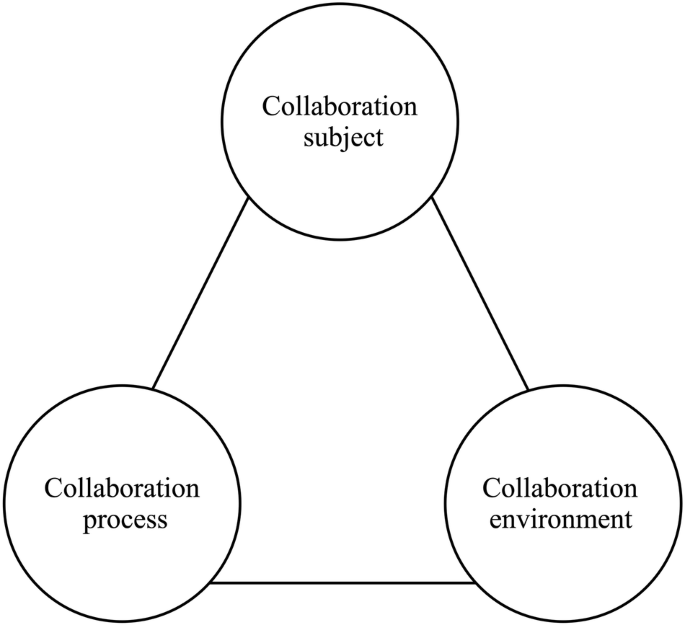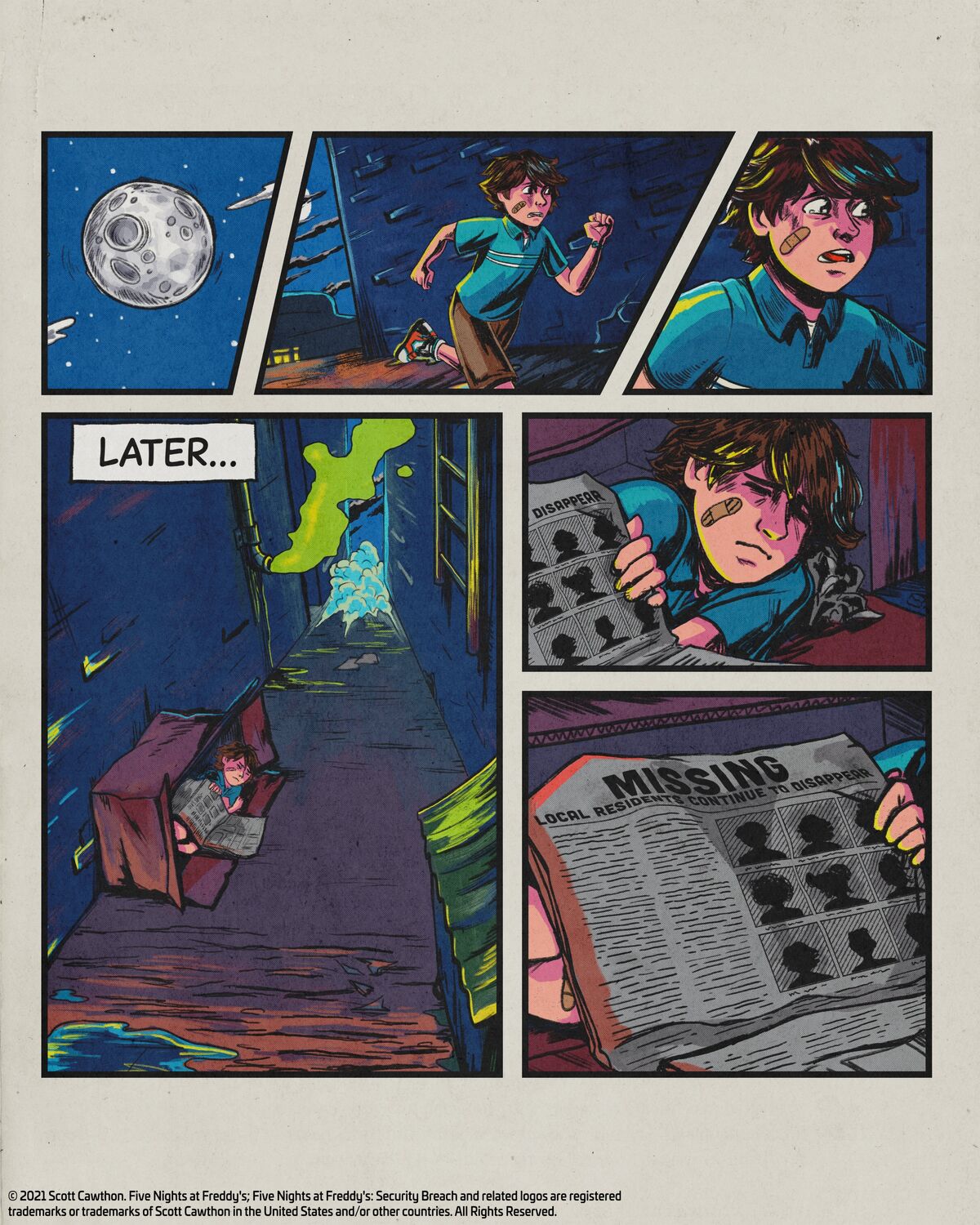Understanding Market Crash Indicators 2021: Key Signals Every Investor Should Watch
Here’s the cold truth: markets don’t crash when pessimists predict doom. They crater when optimists run out of greater fools. And in 2021, we were manufacturing fools at an industrial scale—armed with stimulus checks, Robinhood accounts, and the financial literacy of a goldfish. The crash didn’t come that year, but the seeds of destruction were planted deeper than a mob grave in Jersey.
Let’s talk about valuations that would make a cocaine-fueled investment banker blush. The CAPE ratio—that’s the cyclically adjusted price-to-earnings for you rookies—hit levels that made the dot-com bubble look conservative. We’re talking about paying 40 times earnings for companies that couldn’t spell “profit” with a dictionary.
The Buffett Indicator flashed redder than a communist parade. When the Oracle of Omaha’s favorite metric screams “you’re playing with fire,” and the market responds by dousing itself in gasoline, you know something’s wrong. Market cap to GDP crossed 200%—a level so absurd that even the most reckless hedge fund managers started sweating through their Hermès ties.
But here’s where it gets psychologically fascinating: investors weren’t just ignoring these metrics—they were actively mocking them. “Valuations don’t matter anymore,” became the rallying cry of a generation that confused a money printer with an ATM. Price-to-sales ratios hit astronomical levels because apparently, revenue was optional if you had a cool story and a Reddit following.
GameStop. AMC. Bed Bath & Beyond. These weren’t investments—they were battle cries for an army of retail traders who thought they could stick it to Wall Street by lighting their money on fire. The meme stock phenomenon wasn’t just speculation; it was financial nihilism dressed up as revolution.
Imagine watching millions of people coordinate to buy dying companies at 50 times their rational value, not because they believed in the business, but because some guy named DeepF***ingValue posted rocket emojis. This wasn’t investing—it was a digital riot where the mob confused destroying wealth with creating it.
The SPAC epidemic spread faster than COVID variants. Companies with no revenue, no products, and sometimes no employees went public through blank-check mergers that made traditional IPO due diligence look like a cavity search. When electric vehicle companies that hadn’t built a single car achieved higher valuations than Ford, you knew the asylum inmates had taken over.
Here’s a number that should’ve made investors soil themselves: margin debt hit levels that made 2007 look responsible. Investors weren’t just betting their savings—they were borrowing money to bet on bets. It’s like taking out a second mortgage to play roulette, except roulette has better odds.
The put/call ratio plummeted to levels that screamed “peak complacency.” Nobody was buying protection because everyone knew stocks only go up, right? It was like watching a hurricane approach while people threw away their insurance policies and partied on the beach.
The “this time is different” mentality infected markets like a brain parasite. Technology would save us. Crypto would democratize wealth. The Fed would never let markets fall. These weren’t investment theses—they were prayers to false gods written in the language of delusion.
The Federal Reserve didn’t just open the money spigot—they blew up the whole damn dam. Zero interest rates turned savers into speculators and speculators into gambling addicts. When you punish prudence and reward recklessness, don’t act surprised when the whole system goes insane.
Stimulus checks became trading capital. PPP loans funded Lamborghini purchases. The government accidentally created the world’s largest casino and handed everyone chips. It was monetary policy designed by people who apparently never heard of the Weimar Republic or understood that printing money isn’t the same as creating wealth.
The psychological damage was profound. An entire generation learned that losses were temporary because the Fed would always ride to the rescue. Risk management became a punchline. Due diligence was for boomers. Why research when you could just buy whatever was trending on Twitter?
Bitcoin hit $69,000, and people mortgaged their homes to buy digital dog coins. The crypto boom of 2021 wasn’t just speculation—it was mass hypnosis powered by FOMO and facilitated by influencers who couldn’t explain blockchain with a gun to their heads.
When Bitcoin crashed from $64,000 to $30,000 in weeks, it offered a preview of coming attractions. But did anyone learn? Hell no. They bought the dip with money they didn’t have, convinced that virtual coins backed by nothing but hopes and electricity usage were the future of finance.
The housing market joined the party, with prices skyrocketing faster than a SpaceX launch. Bidding wars became blood sport. Buyers waived inspections, offered cash over asking, and still lost to someone willing to be even more reckless. It was 2007, wearing a different costume, but nobody wanted to recognise the monster beneath the mask.
The market didn’t crash in 2021 because insanity has momentum. When everyone’s delusional, the first person to regain sanity looks crazy. The economy was recovering, stimulus was flowing, and nobody wanted to be the party pooper who pointed out the punch bowl was spiked with poison.
But here’s the tactical truth: the best traders were already positioning for the aftermath. They understood that bubbles don’t pop when everyone expects them to—they burst when the last bear capitulates and joins the bulls. The indicators weren’t just flashing red; they were screaming warnings in languages that greedy investors refused to understand.
The 2021 market taught us that collective delusion can suspend reality longer than individual rationality can stay solvent. But gravity always wins. The indicators were there for anyone willing to see past their profit porn and emoji-filled investment strategies.
Smart money wasn’t trying to time the exact top—they were preparing for the inevitable hangover. They took profits when taxi drivers gave stock tips. They bought protection when it was cheap. They understood that in a market driven by psychology rather than fundamentals, the real edge comes from thinking independently when everyone else is thinking the same thing.
The lessons of 2021 aren’t academic—they’re survival skills for the next bubble. Because there will be a next bubble. Human nature guarantees it. Greed and fear will always overwhelm logic and discipline. The question isn’t whether it will happen again, but whether you’ll be the predator or the prey when it does.
Download our free guide: “The Contrarian’s Playbook: 7 Indicators That Predicted Every Market Crash Since 1987.” Plus, join our newsletter for weekly tactical insights that cut through the BS and deliver a real trading edge. Because in a world full of sheep, we’re building wolves.












